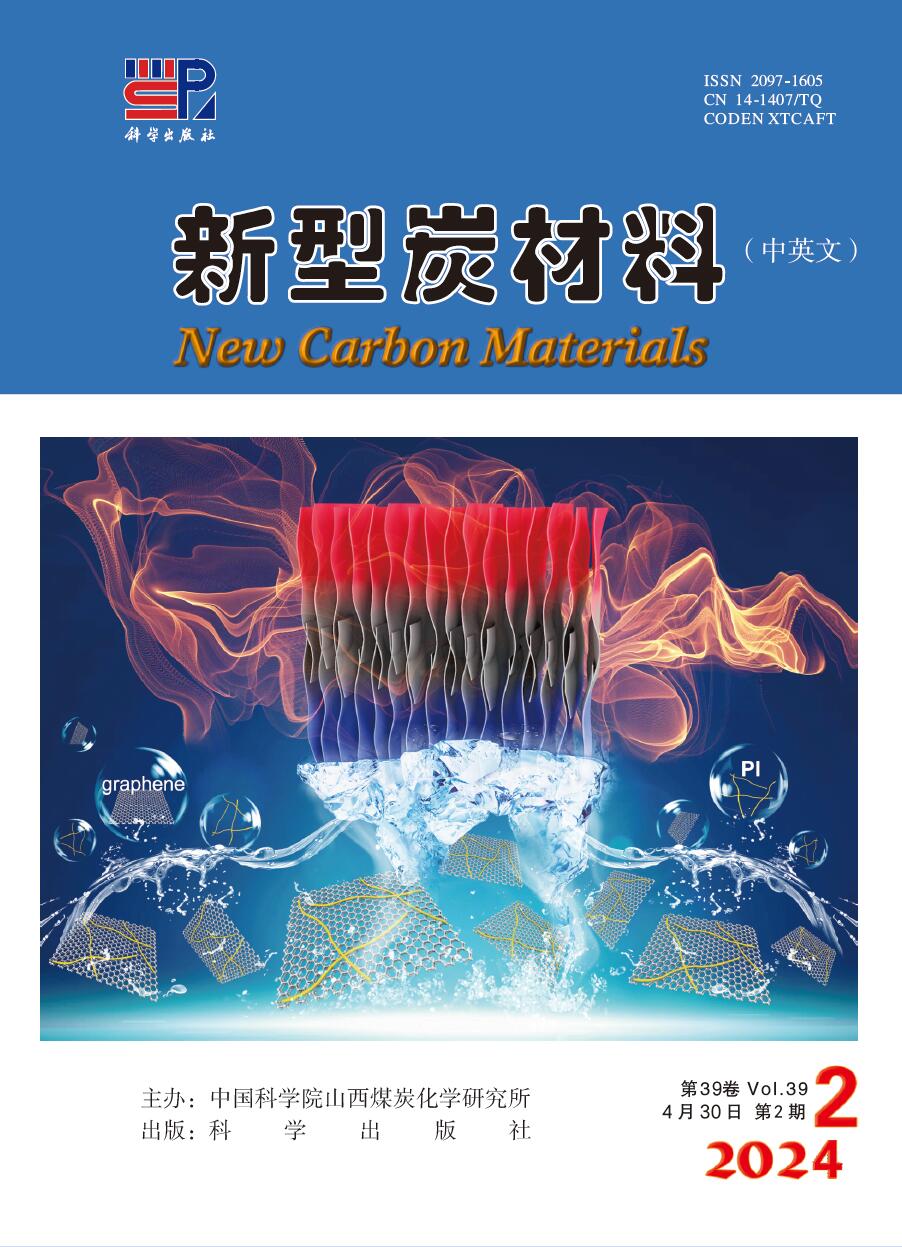2009 Vol. 23, No. 01
2009, 23(01): 1-7.
Abstract:
2009, 23(01): 8-12.
Abstract:
2009, 23(01): 13-17.
doi: 10.1016/S1872-5805(08)60031-1
Abstract:
2009, 23(01): 18-22.
doi: 10.1016/S1872-5805(08)60032-3
Abstract:
2009, 23(01): 23-27.
Abstract:
Microwave assisted chemical vapor infiltration for the rapid fabrication of carbon/carbon composites
2009, 23(01): 28-32.
doi: 10.1016/S1872-5805(08)60033-5
Abstract:
2009, 23(01): 33-38.
Abstract:
2009, 23(01): 39-44.
doi: 10.1016/S1872-5805(08)60035-9
Abstract:
2009, 23(01): 45-49.
Abstract:
2009, 23(01): 50-54.
Abstract:
2009, 23(01): 55-60.
doi: 10.1016/S1872-5805(08)60036-0
Abstract:
2009, 23(01): 61-66.
doi: 10.1016/S1872-5805(08)60037-2
Abstract:
2009, 23(01): 67-72.
Abstract:
2009, 23(01): 73-82.
doi: 10.1016/S1872-5805(08)60038-4
Abstract:
2009, 23(01): 83-88.
doi: 10.1016/S1872-5805(08)60039-6
Abstract:
2009, 23(01): 89-92.
Abstract:
2009, 23(01): 93-96.
Abstract:


 Abstract
Abstract PDF
PDF

 Classified Collection
Classified Collection

 Email alert
Email alert RSS
RSS Download
Download Links
Links

